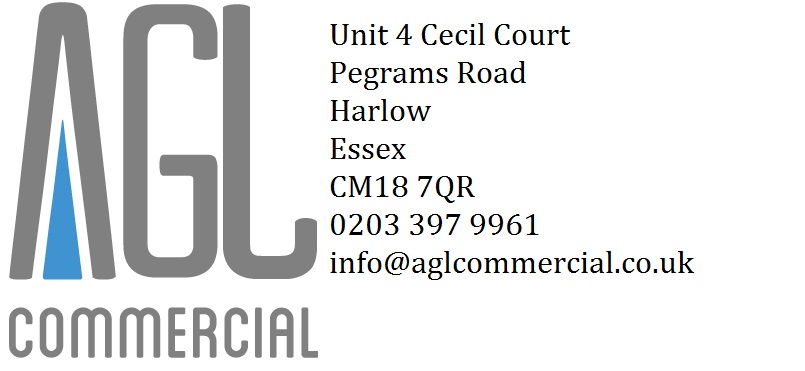Information
-
Site conducted
-
Principle contractor site Manager
-
AGL Project Manager for this site
-
Toolbox talk carried out by
-
Toolbox talk carried out on
-
Location
Live Edge Working
-
Introduction
Working around live edges—whether on construction sites, near water bodies, or on elevated platforms—poses significant risks to safety. This talk will cover the dangers associated with live edges and the precautions necessary to mitigate these risks.
The Statistics:
Injuries
• 60,645 RIDDOR reported Non-Fatal Injuries 2022/23
• 561,000 injuries overall – Labour Force Survey – 2022/23
• 32% of all injuries were caused by a slip, trip or fall from the same level
• 8% were caused by a fall from height
Fatalities
• 138 Workers Killed 2023/24
• 50 fatalities were falls from height
• 51 in construction. (37%)
• Next highest sector is Agriculture, Forestry and Fishing at 17%
• 95% of fatalities were men.
• 87 Members of public were killed in work related accidents. These were people just going about their day and their deaths were caused by other peoples work.
What Are Live Edges?
Live edges refer to the areas along the edges of a surface where there is a potential fall hazard. This can include:
• Inspection/Access Covers: Man holes, floor panels, trap doors.
• Elevated surfaces: Roofs, scaffolding, or platforms.
• Water bodies: Cliffs, riverbanks, or pool edges.
• Excavation sites: Trenches or ditches.
Dangers of Live Edges
1. Falls: The most obvious risk. A fall from a live edge can result in serious injuries or fatalities.
2. Instability: Live edges may be unstable, especially in wet or icy conditions, increasing the risk of slipping.
3. Distraction: Distractions whilst working near a live edge increases the likelihood of accidents.
4. Complacency: Complacency can lead to a lack of attention, making workers more likely to forget about open trap doors or access panels.
5. Equipment and Material Hazards: Tools or materials can fall off edges, posing risks to workers below.
Safety Precautions
1. Guardrails and Barriers:
o You must install guardrails or safety barriers to prevent falls.
o Ensure they meet safety standards (e.g., height, strength).
o Size doesn’t matter, even a small access trap for a socket must be protected if left open and unsupervised.
2. Safety Checks:
o Regular safety checks must take place when safety measures such as barriers have been deployed.
o If work is to take place over a number of days, a schedule with a nominated person each day should be set up to ensure safety checks are taking place. This is especially important where work may not been taking place all the time.
3. Personal Protective Equipment (PPE):
o Always wear appropriate PPE, including hard hats, safety boots, and harnesses when working at heights or near live edges.
o Use non-slip footwear, especially in wet or greasy conditions.
4. Training and Awareness:
o Ensure all workers are trained on the dangers of live edges.
o Conduct regular safety briefings.
5. Good Housekeeping:
o Keep work areas clean and organised to minimise trip hazards.
o Secure tools and materials to prevent them from falling.
o Keep barrier equipment tidy and in good condition.
o If no work is scheduled and it is practical and safe to do so, remove the hazard (close the trap door/cover) to prevent the possibility of an accident.
6. Communication:
o Use clear communication among team members when working near live edges.
o Ensure risk assessments are completed and communicated to all site workers.
o Establish signals for when someone is approaching a live edge.
o Ensure adequate signage is placed around the work area, warning of live edges/fall risk.
Emergency Procedures
1. Emergency Contact Numbers:
o Ensure all workers know how to reach emergency services.
o Post emergency contact numbers available to supervisors.
2. First Aid:
o Have first aid kits readily available.
o Ensure at least one team member is trained in first aid.
Conclusion
Working around live edges requires vigilance and respect for safety protocols. By following the precautions outlined in this talk, we can significantly reduce the risks associated with live edges. Stay alert, communicate, and always prioritise safety. -
Toolbox talk complete?
-
Now go to section "Toolbox talk attendee register"
Toolbox talk attendee register
-
Toolbox talk attendees -
Engineer -
-
Have you fully understood this toolbox talk?
-
Please report to your supervisor to discuss your concerns.
-
Name of engineer -
-
Signature -







